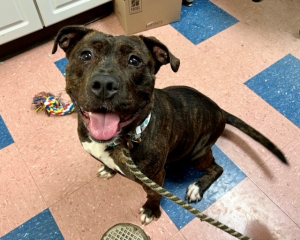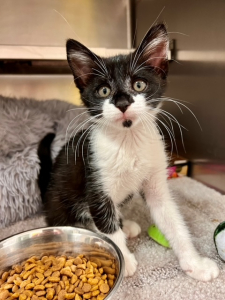
🏡✨ House of the Week! ✨🏡
Welcome to 3518 Turnberry Dr, Chambersburg, PA! This stunning 4-bedroom, 2.5-bath home is a true gem. Nestled on a beautiful corner lot, this home features a partial brick front 🧱 and a charming bay window 🌟 that adds to its curb appeal.
Inside, you’ll love the updated kitchen with gorgeous granite countertops—perfect for entertaining 🍽️ or meals. The partially finished basement offers additional space for a home gym 🏋️♀️, office 💼, or recreation area 🎮. Relax in the primary suite 🛌, complete with an attached private bathroom 🛁. Step outside to the expansive deck, ideal for outdoor gatherings 🍔🍹 or quiet mornings with a cup of coffee ☕.
Plus, with a 2-car garage, you’ll have plenty of space for vehicles 🚗🚙 and storage.
Don’t miss out on this incredible home!


